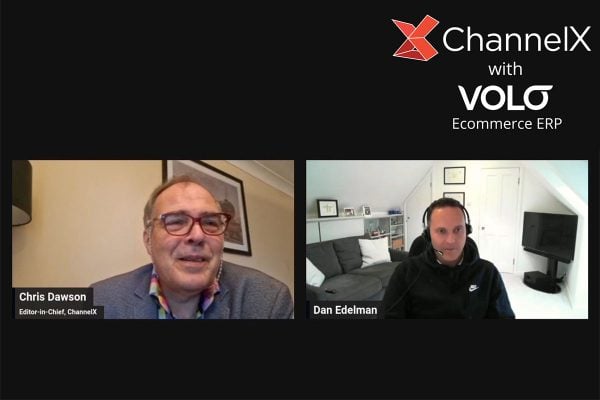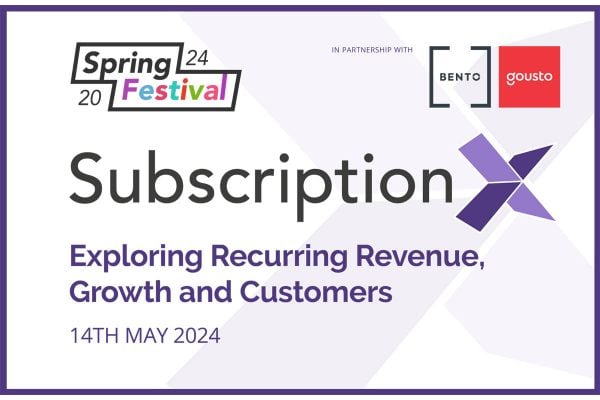Conrad Ford is Chief Executive of Funding Options, recently described by the Telegraph as “the matchmaking website for small businesses and lenders”. Here he talks about the various funding options available to ecommerce and marketplace SMEs.
There’s a common saying in business: “turnover is vanity, profit is sanity and cashflow is reality”. You could unpick that soundbite a bit, and say that revenue is what you brag about, while profit is how you actually measure the long-term success or failure of a business. But cashflow, the last on the list in terms of glamour, is where the life and death of a business is really decided. With all the turnover and profit in the world, if the timing is wrong, even a healthy business can be sunk by a lack of cash.
Managing cashflow is vital for all businesses, and online sellers are no different. Having access to a finance facility, often known as a line of credit, is one of the things in your arsenal for effectively managing cashflow day-to-day — but it comes with management overhead itself.
The original line of credit
In the past, traditional retail businesses would have relied on the original line of credit — a business overdraft with the bank. But as we all know, that situation became impossible for many businesses after the crunch — particularly online-only retailers in the emerging ecommerce field, whose businesses the bank didn’t understand and wasn’t interested in lending to. In fact, we recently carried out some widely reported research showing that UK firms have been losing overdrafts at a rate of more than £5million per day.
Next, they had to look to less traditional forms of funding, particularly the new wave of alternative finance products set up to cater specifically for the ecommerce market.
New choices emerge
Today, there are huge numbers of alternative finance providers that can offer burgeoning online sellers the credit lines they need to ride out cashflow troubles — to illustrate how many choices are now out there, I recently encountered one case where an online seller had outstanding short-term loans with no less than half a dozen alternative lenders. While I wouldn’t recommend that strategy, it speaks of an entirely different landscape compared to the tougher times of 2007–8.
But this brings us to another question — with so much choice, how can you ensure you’re getting the right deal on your line of credit?
Finding a better deal
The first course of action is a simple one, but might be a swift route to answering the question — look at how much your business has actually borrowed. If you’re only using a small portion of an existing finance facility, it doesn’t make sense to pay for the extra (unnecessary) headroom.
Next, you could talk to the mainstream banks. Things have moved on since the recession, and although it’s still relatively tricky to find e-commerce finance with them, it is certainly easier that it used to be.
Also, take advantage of comparison sites and aggregators on the market — clever technology and automation have made the application process simpler than ever, which means you can find your best option from across the market within minutes, and without as much headache as it would have required in the past.
Key points
Online sellers often have a small margin on hundreds, if not thousands, of products. This means cashflow trouble is likely to sneak up on you, and there won’t necessarily be an easy fix in the form of one big order being paid.
If speed is the most important factor in securing a line of credit, avoiding the banks might be the right course of action — because while they may offer the best rates, they’re still slow off the mark compared to alternative lenders, and can’t help everybody. In times of crisis, the last thing you need is to wait days or weeks only to get a ‘no’.
Secondly, speak to the sites that offer a true view of the whole market, because they’re well placed to help you find the most suitable product in the shortest amount of time. And finally, if you have a line of credit in place, it pays to review it regularly. If you don’t often use it near the maximum, you could probably find a more suitable option that saves you money; and it’s also a good idea to think about consolidating many products into one for the same reason.
Overall, if you’re looking at your line of credit and wondering if you could find a better fit for your business — with a wealth of alternative lenders out there nowadays, it’s more likely than you might think.









